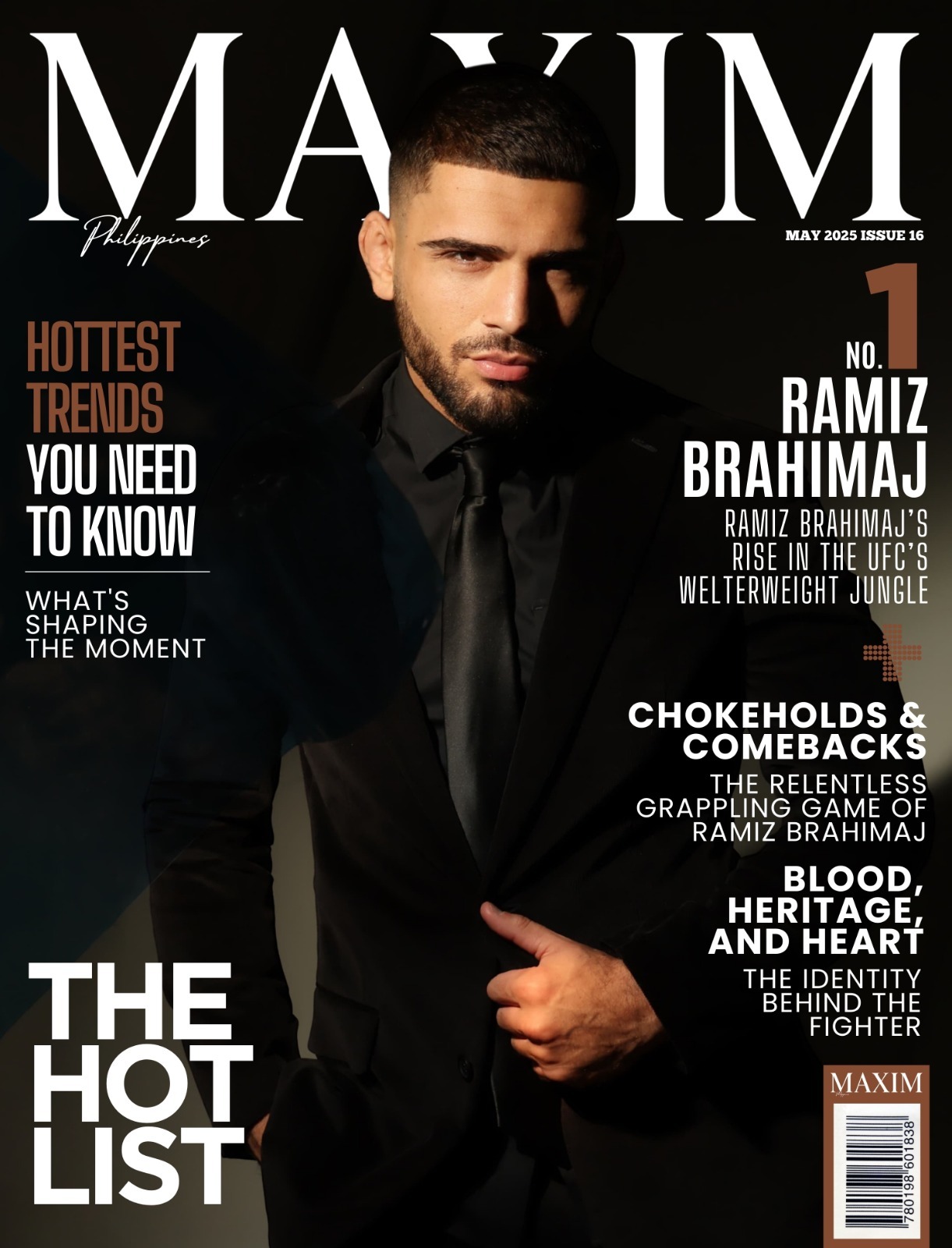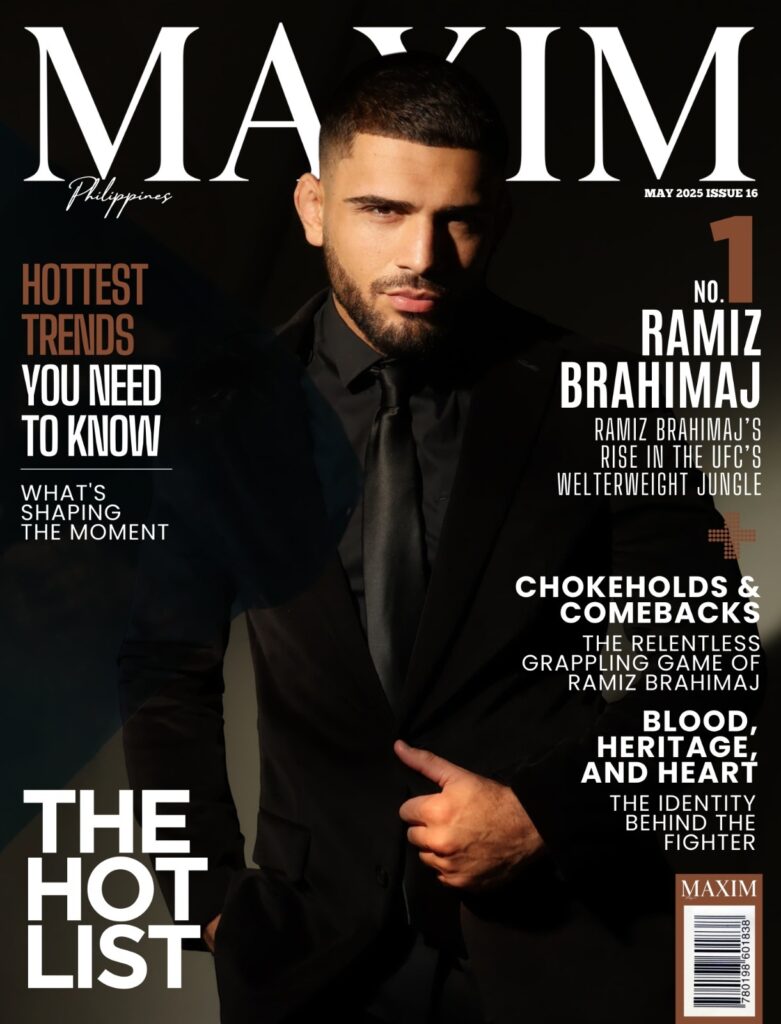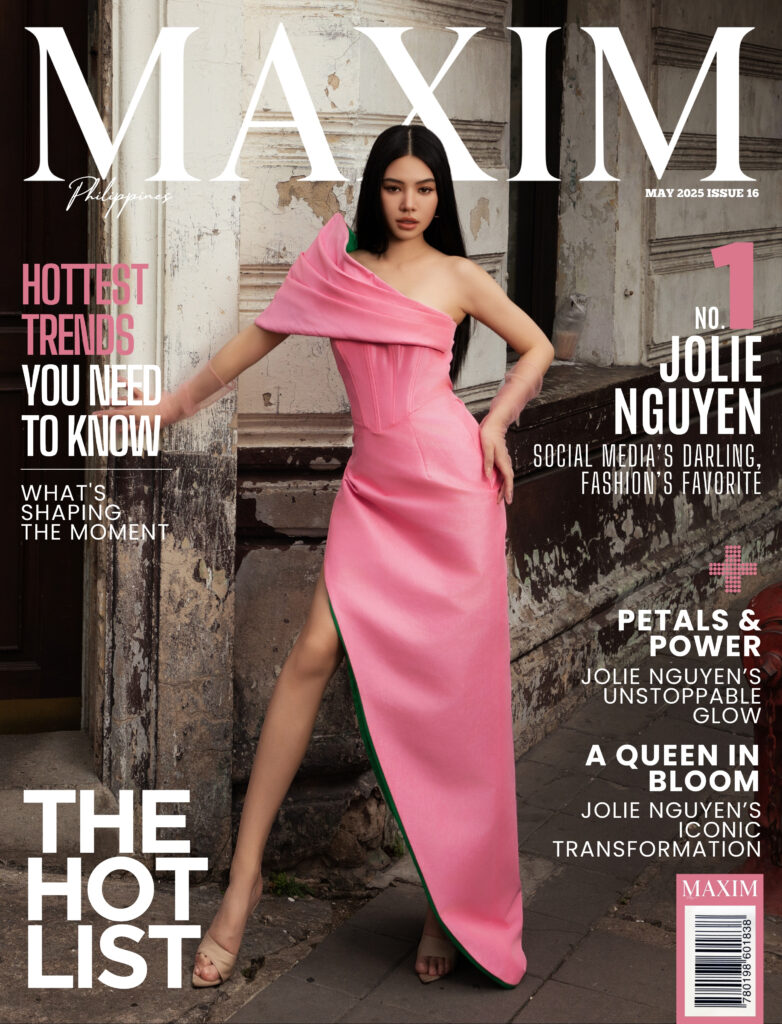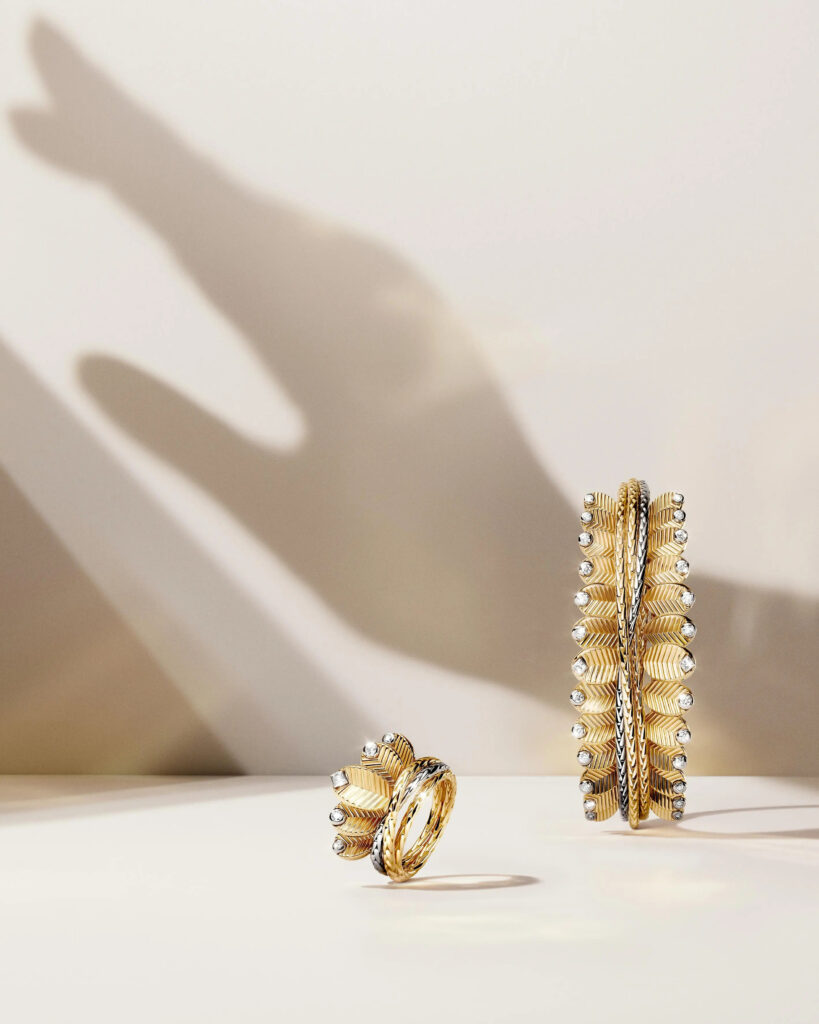In the kinetic world of mixed martial arts—where grit clashes with destiny and raw talent is sculpted by bone-snapping discipline—few stories strike a chord quite like that of Ramiz Brahimaj. The Bronx-born bruiser of Kosovar-Albanian descent isn’t just another name etched onto the UFC’s swelling roster. He’s a storm in motion: driven by purpose, shaped by pain, and underscored with unmistakable style. Every punch he throws, every takedown he initiates, pulses with the urgency of someone who’s been fighting long before the cage doors ever closed.

Brahimaj’s journey isn’t just a rise through the welterweight rankings—it’s a relentless testament to resilience, forged in fire.
With eleven professional wins—ten by submission—Brahimaj has long commanded respect for his grappling prowess. His style is a blend of relentless pressure, technical precision, and a touch of artistry that transforms combat into something near poetic. But it was in November 2024, under the pulsing lights of Madison Square Garden at UFC 309, that he delivered a performance that truly crystallized his potential. Against veteran Mickey Gall, Brahimaj unleashed a thunderous right hand that earned him not only the win but a Performance of the Night bonus. More importantly, it electrified his hometown crowd—a symbolic full-circle moment that fused his roots with his rise.
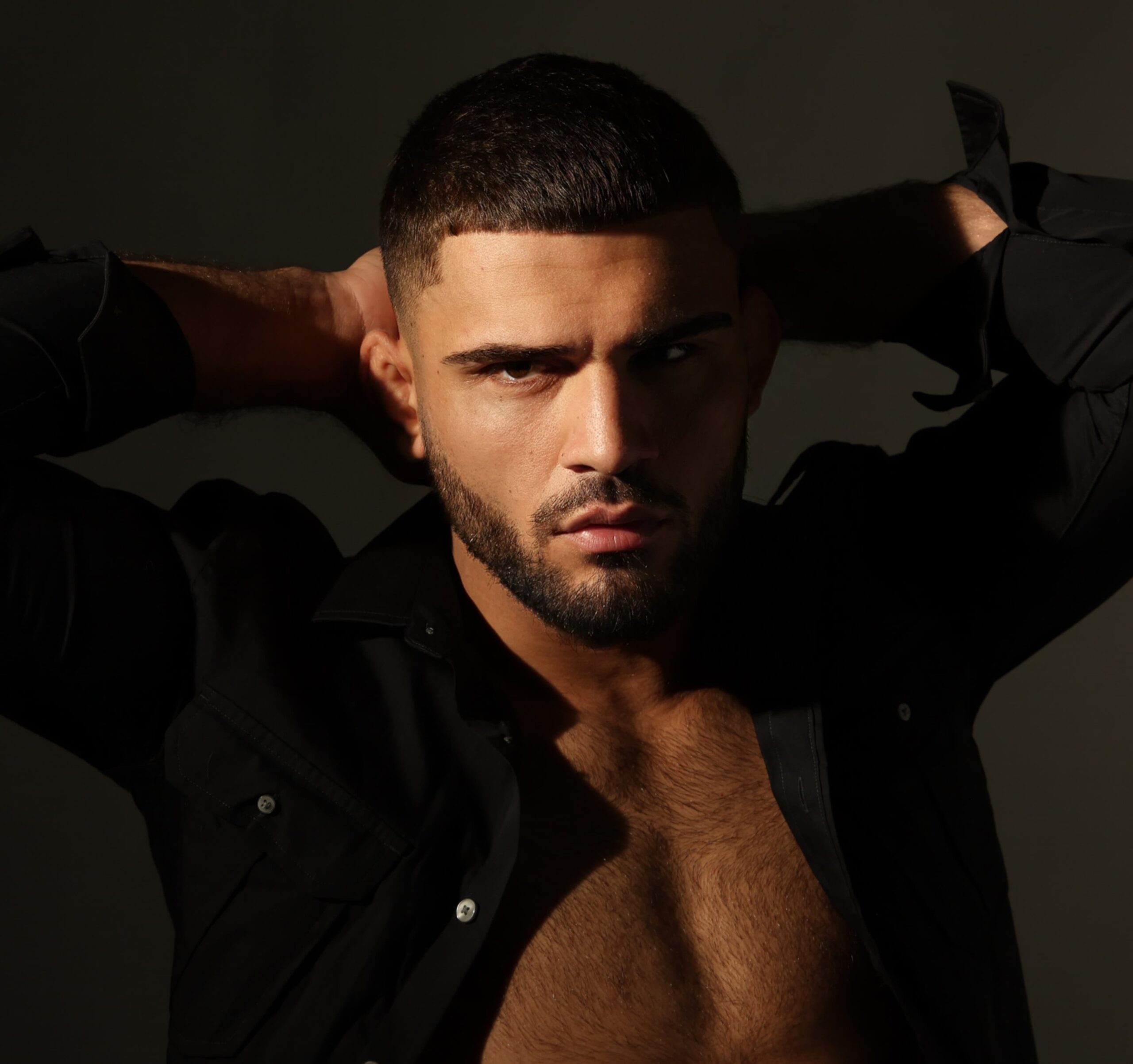
Yet the road to that defining night was nothing short of cinematic. In 2020, just as his UFC career was gathering steam, Brahimaj was sidelined by a harrowing medical discovery: a tumor behind his left eye. Surgery and a temporary exit from the sport followed, casting a shadow of uncertainty over his future. But like the warrior poets of old, he didn’t retreat—he regrouped. And when he returned in 2021, submitting Sasha Palatnikov in the first round, it wasn’t just a win. It was a roar—a defiant proclamation that he wasn’t done. Not even close.
There’s a magnetic quality to Brahimaj, a presence that commands attention. He doesn’t strut into arenas; he marches—composed, yet radiating danger. Training out of Fortis MMA in Dallas, Texas, he’s the embodiment of borough-born bravado sharpened by southern grit. Those around him—his coaches, teammates, and fans—know the fire he carries. It’s the burn of past pain, the fuel of future ambition, and it makes him impossible to ignore.
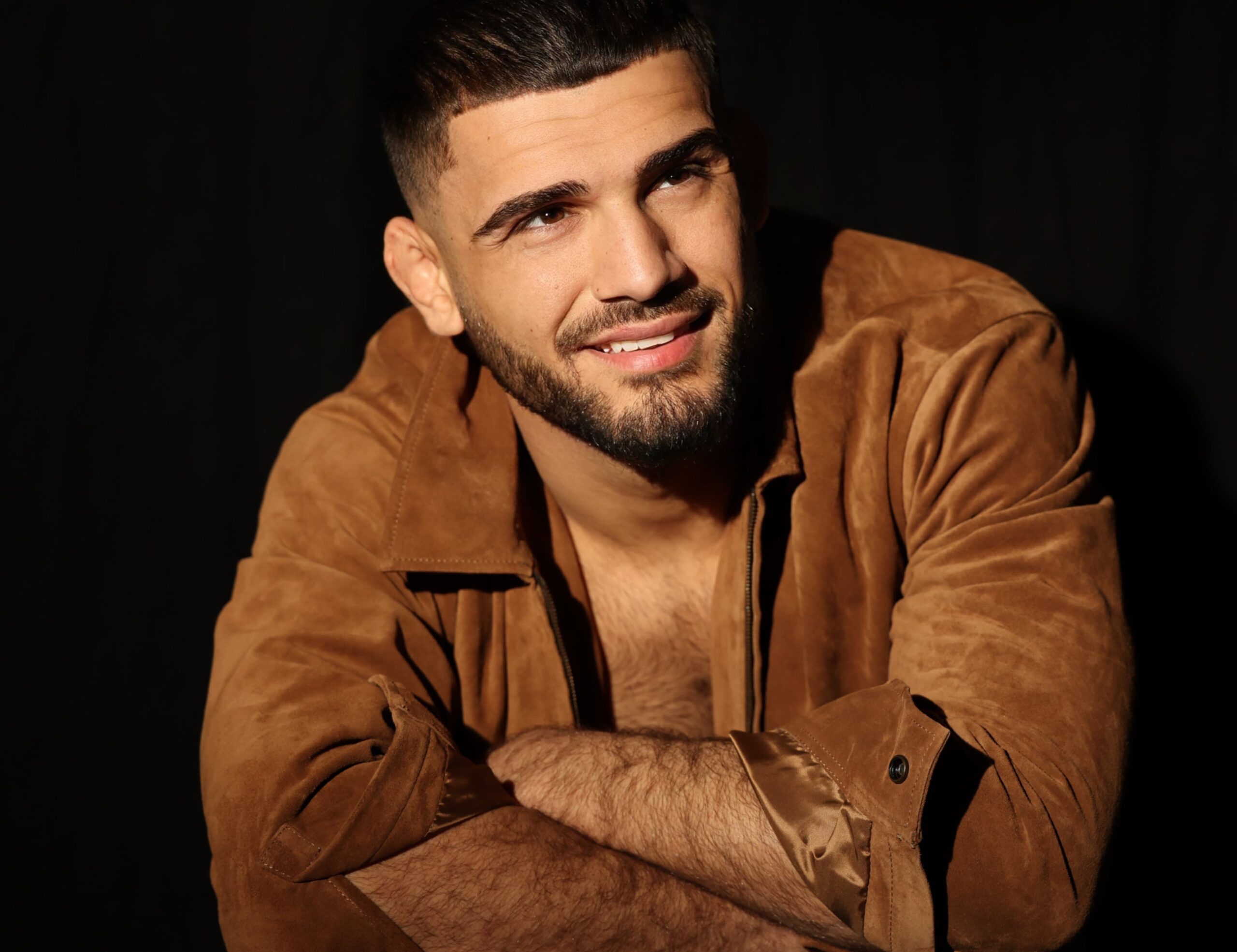
In a sport that often prizes spectacle over substance, Brahimaj stands out by blending both. He has the flash—the kind that ends fights early and gets crowds on their feet. But beneath that flare is a core of iron discipline, technical mastery, and a deep understanding of the game. He doesn’t fight for theatrics. He fights because it’s in his bones.
Now, all eyes turn to May 31, 2025, when Brahimaj is set to face rising prospect Oban Elliott at UFC Fight Night in Las Vegas. It’s more than a bout—it’s a crossroads. Elliott will be eager to derail Brahimaj’s momentum, but Ramiz isn’t interested in detours. Fresh off a jaw-dropping knockout and with his city still chanting his name, he seems poised to break through to the sport’s upper tier.
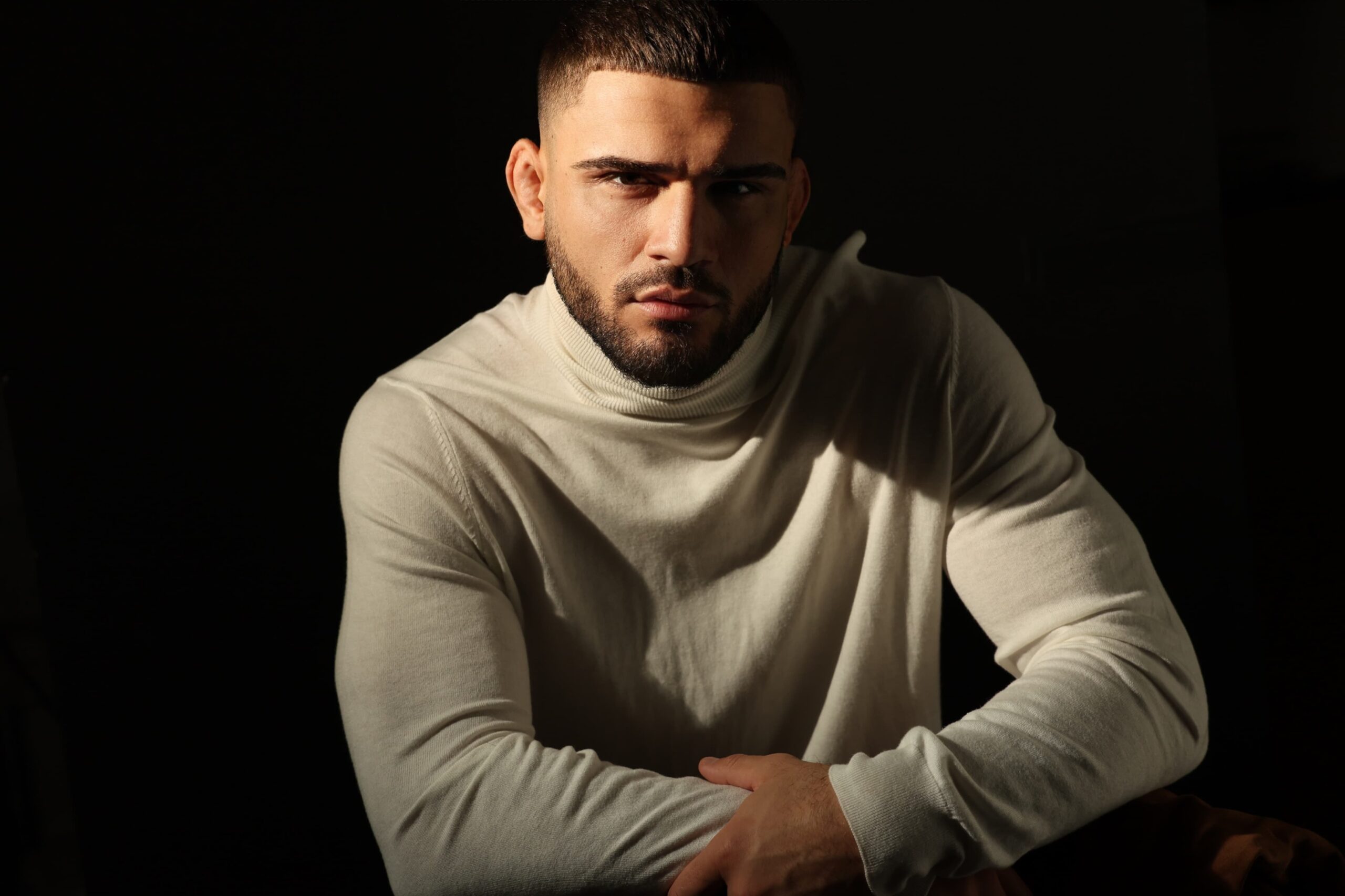
For Brahimaj, this is no longer just about belts or bonuses. Each fight is a battle hymn, each win a verse in a larger epic of survival and resurgence. He wears his scars like medals, and he moves like a man who once stared down fate and refused to flinch. That makes him dangerous. That makes him different.
In a sport defined by fleeting windows and brutal truths, Ramiz Brahimaj has carved out a space through sheer will and undeniable flair. He’s not just a contender—he’s a story building toward its crescendo. Whether or not UFC gold ever graces his waist, one truth remains: Ramiz Brahimaj fights like a man who’s already beaten the toughest opponent he’ll ever face—his own fate.
Credits:
- Photographer: Fadil Berisha.
- Stylist: Blair Berisha.
- Grooming: Klea Rama.
- Outfits by Nili Lotan.
- Fur coat by Helen Yamak.
- Tux by Calving Cline.

